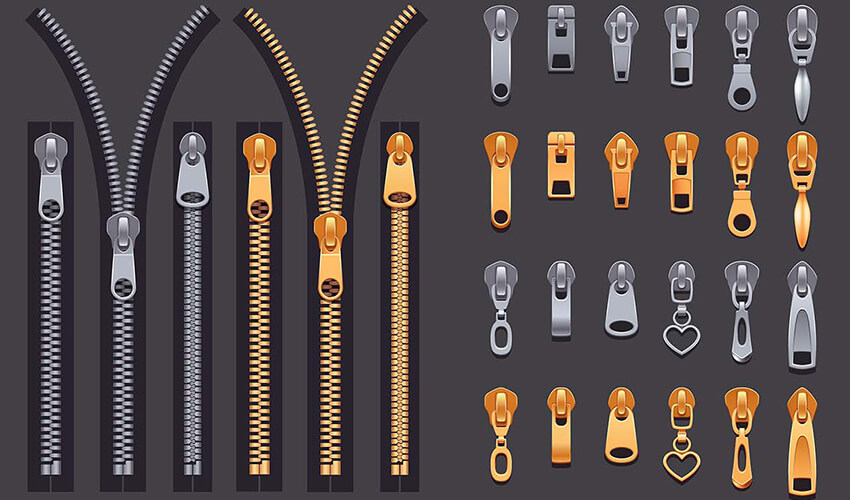Everything You Need to Know About Zipper Slider
Everything You Need to Know About Zipper Slider
The modern zipper slider, invented by Gideon Sundback in 1913, is used in many key areas, from clothing to suitcases and bags to shoes. Zipper slider, an essential part of daily life, continues to be used with many various types.
What is Zipper Slider?
It is a mechanical tool that uses enters the edges of an opening. A zipper slider can be defined as a tool that enables opens and closes by moving it up and down with the help of a slider.
Why Is the Zipper Slider Important?
In our daily life, we try to keep our belongings and even money in a safe way. Sometimes we use zippers to prevent theft, stream, and damage to our valuable belongings. For this reason, more attention pairs to the quality of zipper sliders. Closing or opening zipper sliders are linked to quality and coordination between zipper teeth and slider. It is undesired that the zipper slider of the clothes, which was bought with great enthusiasm, damages quickly. A good choice should be considered avoiding zipper slider errors.
In addition, the zipper slider has become one of the icons in the fashion world. The zipper slider obtains a crucial detail that those who follow fashion closely pay attention to its color options, appearance, and material.
What is the Structure of Zipper Slider?
The system called zipper consists of many components. Some of these components represent as follows;
- Tape: It is usually produced of cotton or polyester. It is the component that helps to fix the parts of the zipper slider.
- Teeth: Located in the middle of the zipper. The teeth are the components on each side of a zipper that mesh or engage with each other when passed through the slider. It is usually made of metal or plastic.
- Slider: The part gives the ability up or down for the joins or separates the elements.
- Top and bottom stop: Prevent your slider from coming off the top and bottom of the zipper slider.
How Does the Zipper Work?
As the slider moves up the zipper, the two teeth strips must enter at a specific angle. As the strips move through the slide, the slide's inclined edges push the teeth toward each other. The strips are offset from each other, so each hollow settles onto a hook in sequence.
TRYEA



